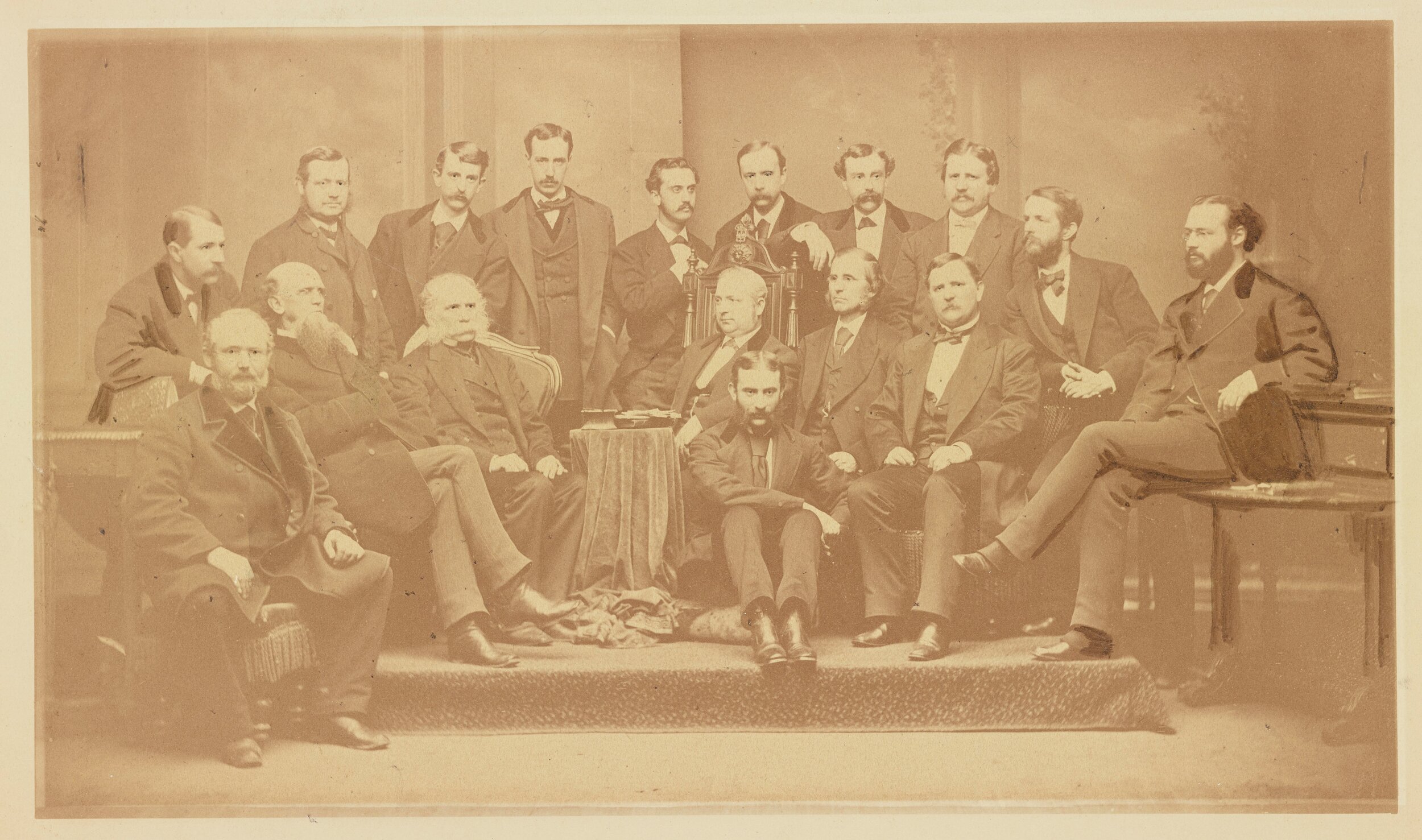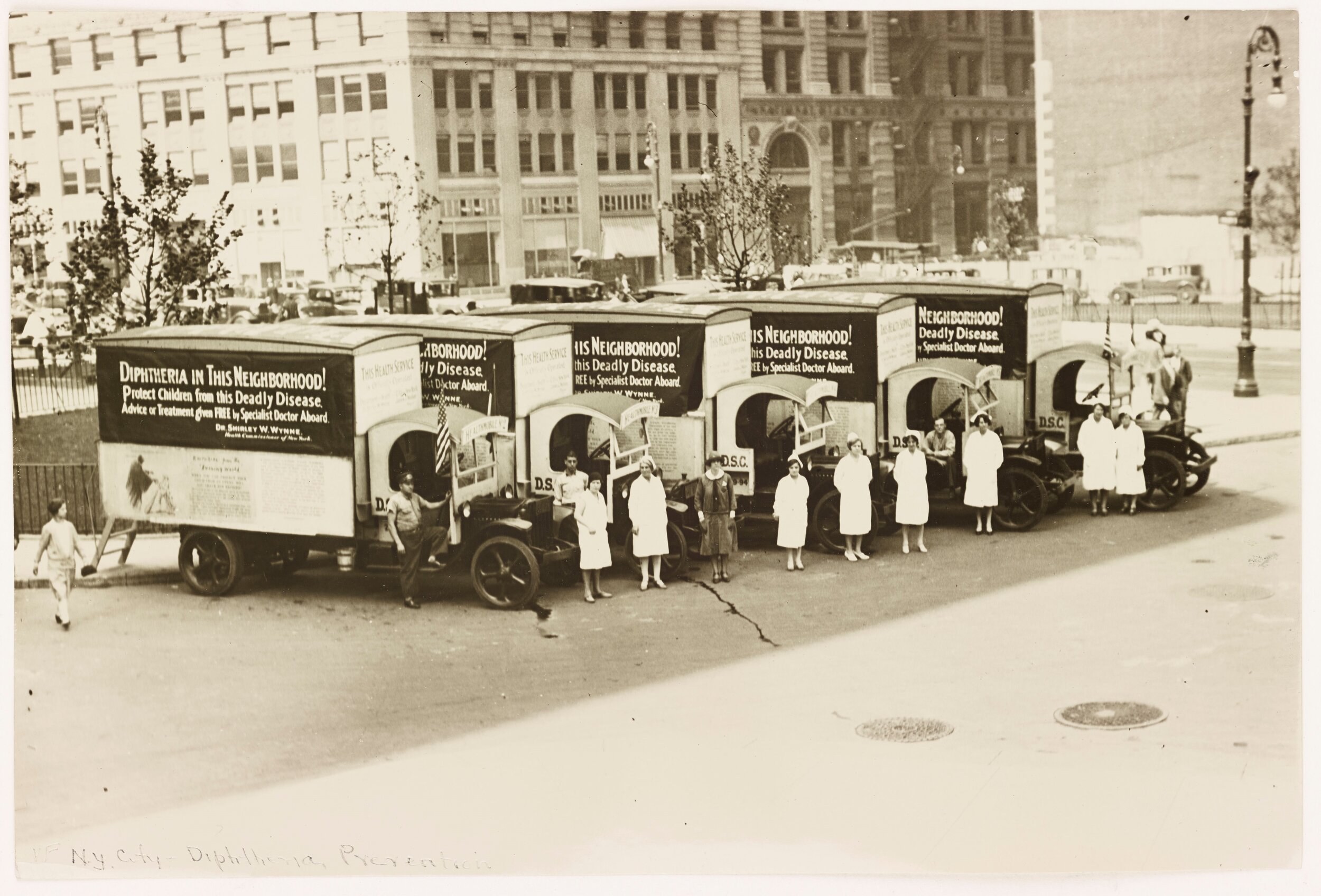The Mayor Fiorello LaGuardia collection has proven time and again to be a treasure-trove of interesting material, leading to several blog posts on important topics as well as the 2022 Conference on Conditions in Harlem. A surprising entry in the collection guide is named “Mop Shaking” which lists two folders dating to 1944-1945.
Letter to Mayor LaGuardia, regarding mop shaking, November 28, 1944. Mayor Fiorello H. LaGuardia Papers, NYC Municipal Archives.
Letter to Mayor LaGuardia, regarding mop shaking, November 28, 1944. Mayor Fiorello H. LaGuardia Papers, NYC Municipal Archives.
Indeed, mop shaking violated the City’s Sanitary Code as did shaking rugs and dusters. The folders contain several complaints sent to the Mayor, many made anonymously. Consider an excerpt from a letter received at City Hall on November 4, 1944.
“I have a neighbor right next door to me who shakes her dust mop out of her front window every morning two and three times full of dirt and dust. My husband painted our apt. last week and our windows were open with white enamel paint on the wood work and this woman shook her mop out and all the dirt set right in the wet paint. My husband nearly went mad and had to take benzine and clean it all off and paint it over again….”
The frustration oozes off the paper. In response to this and other complaints, the Mayor’s staff would forward the information to the Commissioner of Health with instructions to “Investigate and Report.”
Referral to Commissioner Stebbins, Department of Health, from the office of the Mayor, November 13, 1944. Mayor Fiorello H. LaGuardia Papers, NYC Municipal Archives.
Health inspectors were dispatched to the address provided and, inevitably, they found no evidence of the dust shakers. Considering the chain of events, that’s not surprising. The complaint was mailed to City Hall, opened by the Mayor’s staff, circulated to the Health Commissioner, the location was added to the inspectors’ route and the inspection took place. The results were relayed to the Commissioner, who, in turn, dutifully reported back to the Mayor the absence of a dust nuisance. Little wonder since days expired between the offending incident and the actual inspection.
Report to Mayor LaGuardia from Ernest L. Stebbins, Commissioner of the Department of Health, November 29th, 1944. Mayor Fiorello H. LaGuardia Papers, NYC Municipal Archives.
Reporters seemed to get a kick out of City Hall’s efforts against the shaking of mops out of windows. One report stated that inquiries “received a gentle brush-off from city departments in a survey conducted to ascertain where and how the daunted housewife may legally clean a mop.” The city recommended wet mopping over dry mopping and pointed to the Sanitary Code which contained a variety of prohibitions including the ban on shaking rags and mops out of windows, hanging bedding from balconies or sweeping sidewalks after 8. a.m. in much of the City. A New York Tribune headline read, “Mayor would Mop Up Practice of Shaking Mops Out Windows” and referenced Mayor LaGuardia’s radio broadcast in which he said “It is very dangerous, because nothing is more dangerous than spreading germs or dust in that manner. Besides, it is a very serious offense.”
The radio broadcast indicates how seriously the Mayor took this issue. Normally his broadcasts on WNYC ran for thirty or forty minutes. In this instance Mayor LaGuardia was in Chicago and was limited to ten minutes for his remarks. Along with reducing the exorbitant interest rates on mortgages, commercial rent, leashing dogs, stopping smoking in the subways and the hazards of gambling, he included shaking mops… “a very filthy thing to do….civilized people don’t do it.”
One letter began, “I live near 180th St and the people around here think your request not to shake mops out windows is silly—all I hear is “what does he want me to do with the dust,” but Sir, judging by some of the dust coming from windows nearby one would think the owners of same were raising a victory garden under the beds.” The writer continued on to make specific complaints and suggest the dust was a cause of polio.
Another plea: “I have hesitated writing you regarding warning people not to shake their dust mops out of windows. However, it has gotten to a point where I must ask your help,” from 115 B West 168th Street, the Bronx. There was an anonymous complaint about a Mrs. Grillo in Woodside who allegedly shook her carpets. Commissioner Ernest Stebbins reported that Grillo “was instructed not to cause any nuisance.”
“How to Clean a Mop in New York,” New York World-Telegram, October 26, 1944. Mayor Fiorello H. LaGuardia Papers, NYC Municipal Archives.
It’s actually remarkable that any violations were issued at all. Nevertheless, The New York World Telegram reported that in October 1944 two housewives were fined $5.00 each for the violation. The City even included this menace in a public service announcement that also focused on littering on the subways and sticking gum on the seats.
The sanitary code now is administered by the City’s Department of Sanitation. The penalty for shaking or beating a mat, carpet or cloth that creates litter or dust is punished with a $50.00 fine for the first offense and $100.00 for subsequent violations. There’s no word on whether violations have actually been issued.














